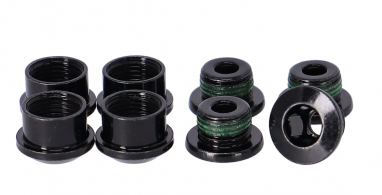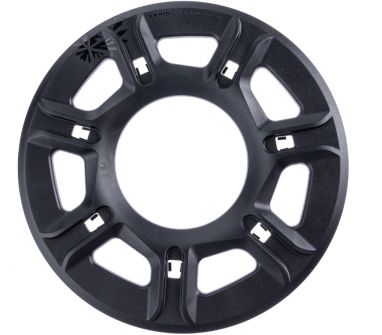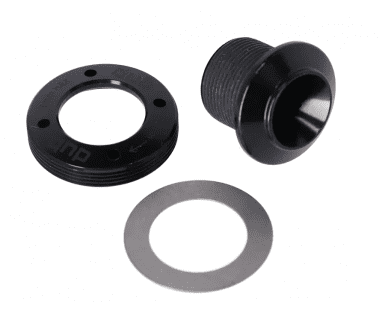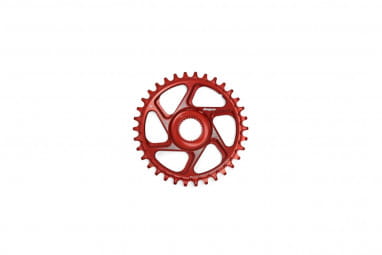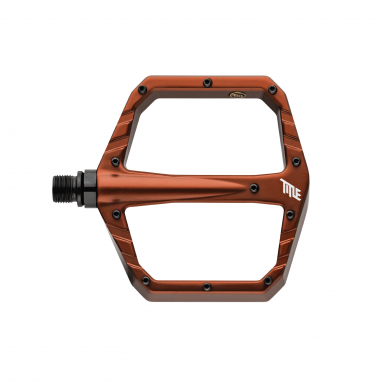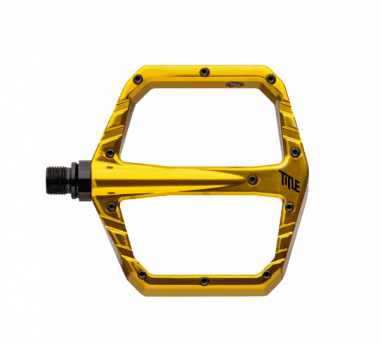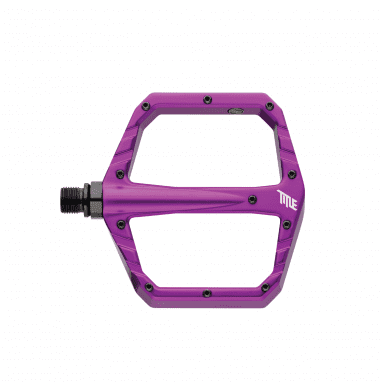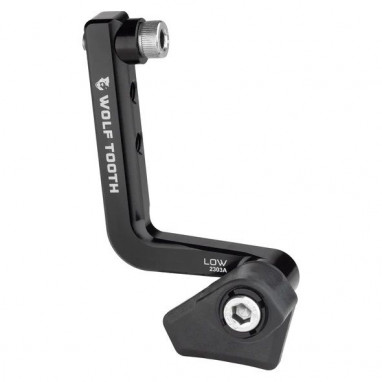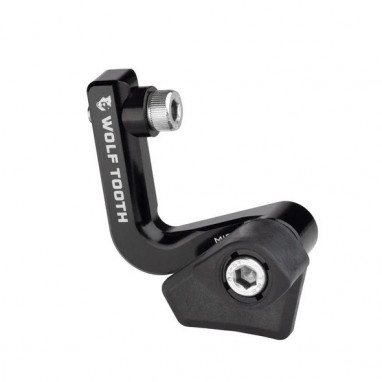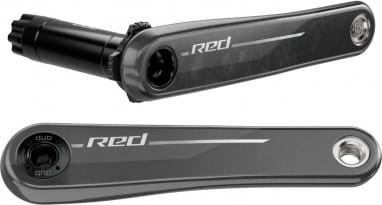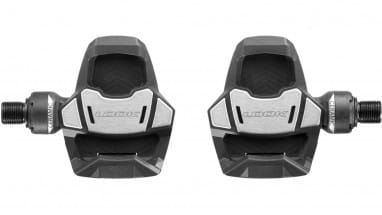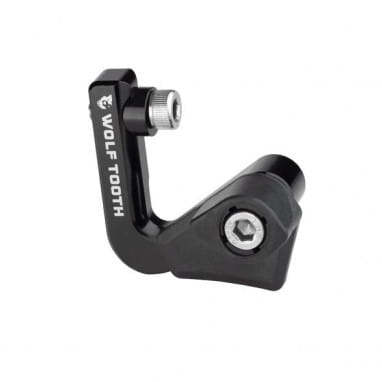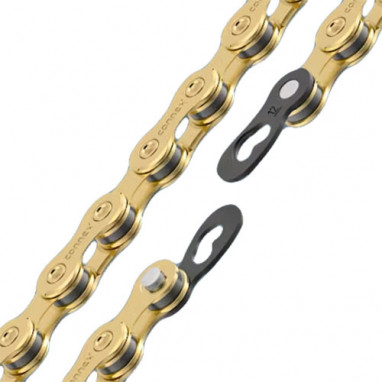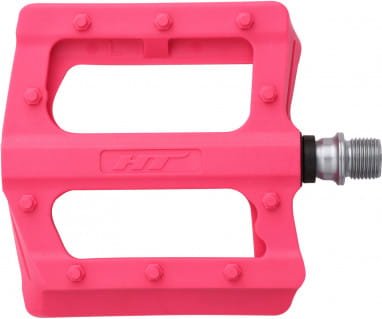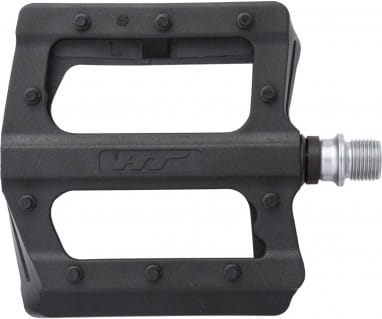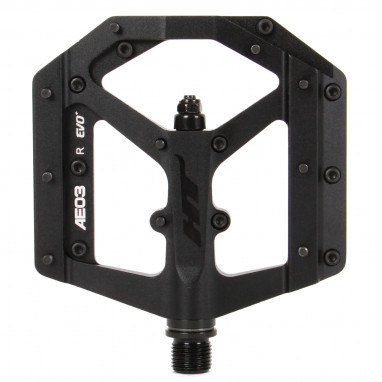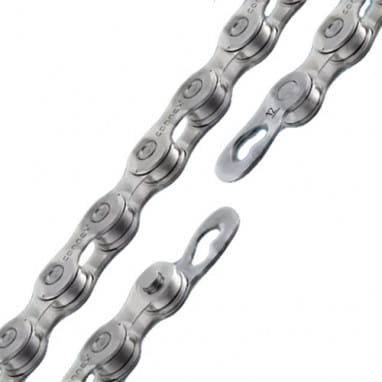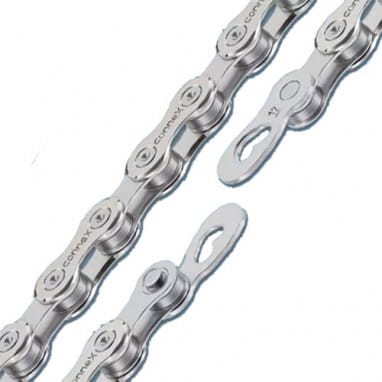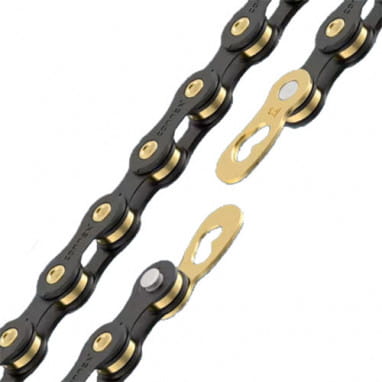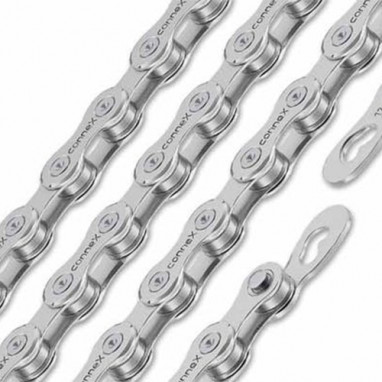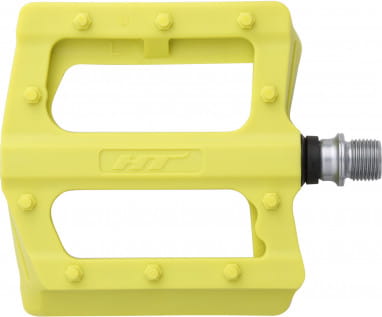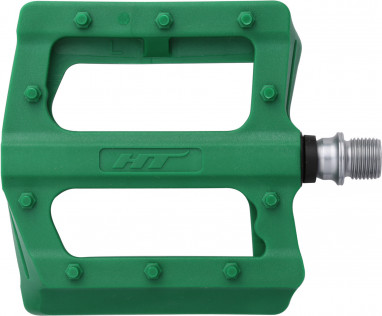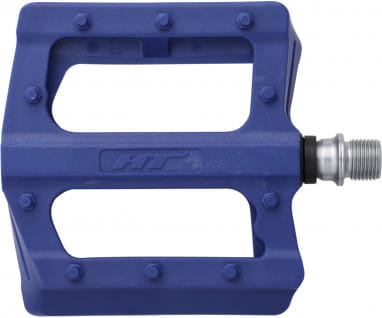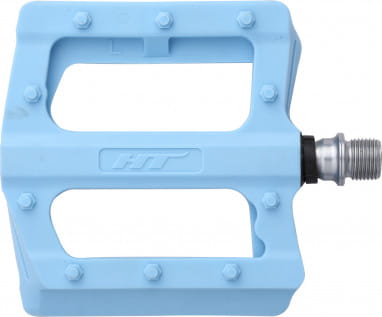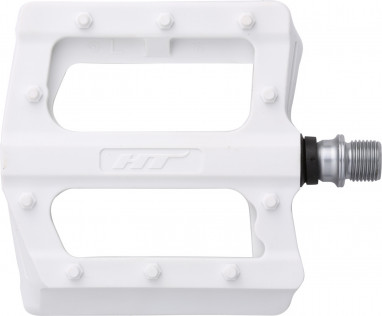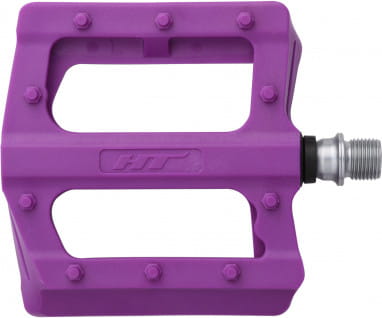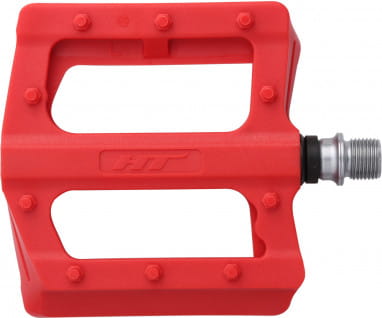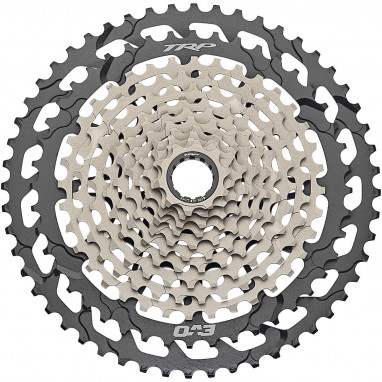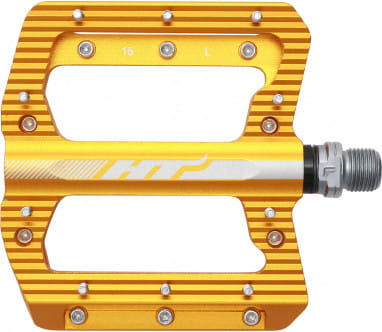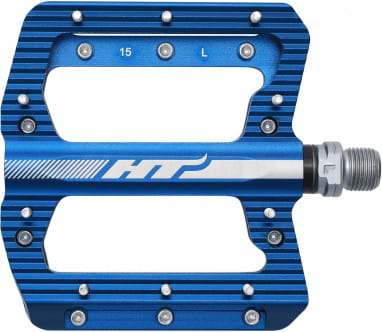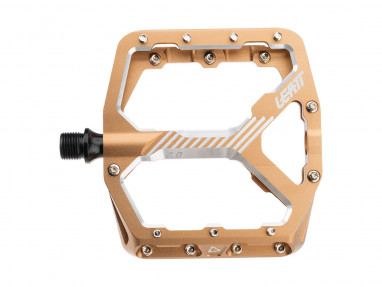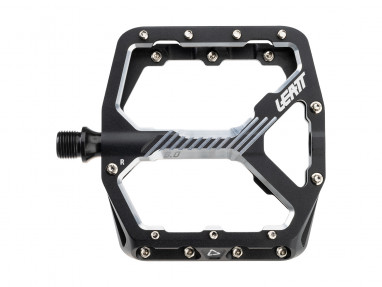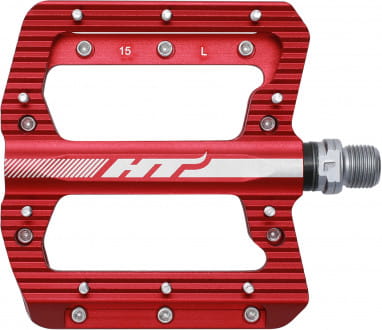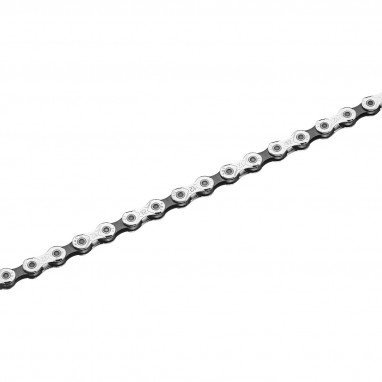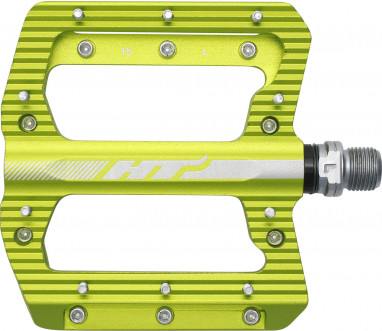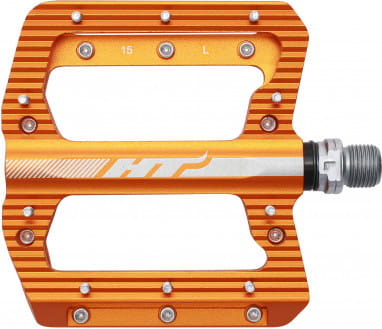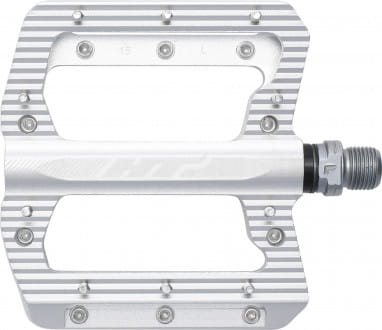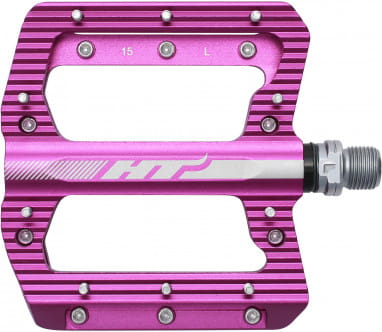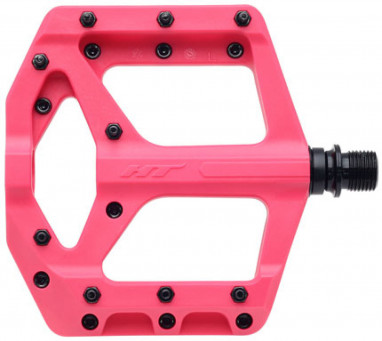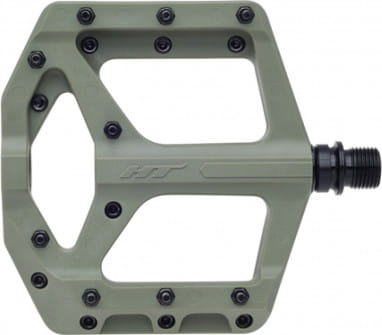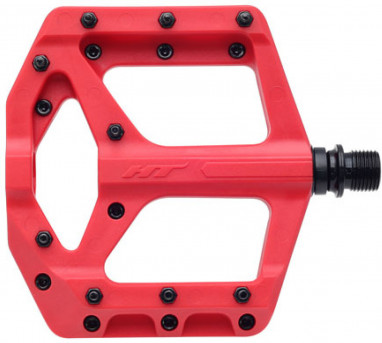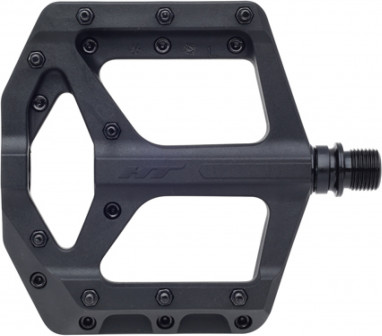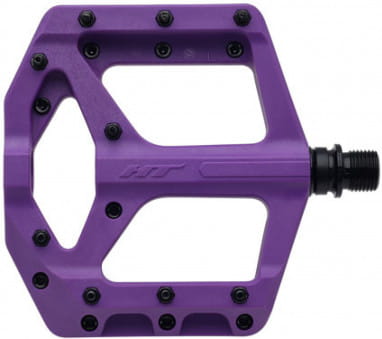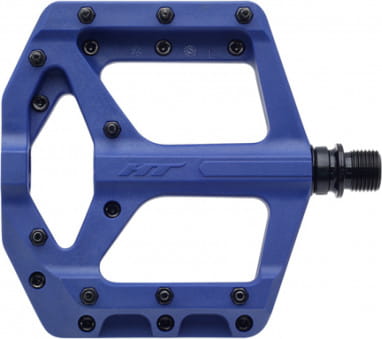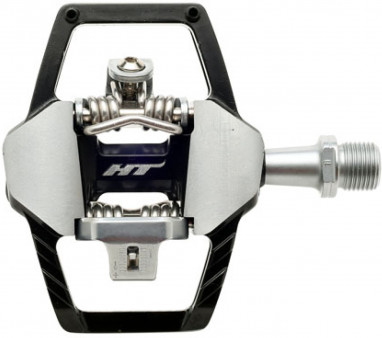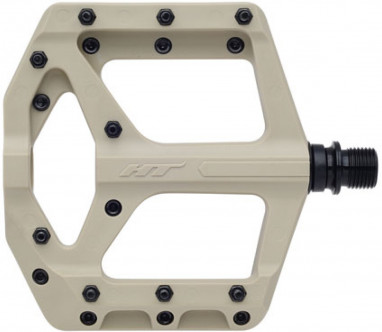Normally interested mainly bike wrenches for the drive of a bike. It is usually only taken apart by bicycle mechanics and real bike nuts, because it is quite a complex system consisting of many different individual parts. In addition to proper installation, the biggest hurdle is usually finding the right parts. This is because there are not only special parts for each of the different types of bikes, i.e. chains for MTBs, cassettes for road bikes or trekking cranks. There are all these bike parts also from different manufacturers such as Shimano or SRAM - and the parts do not necessarily fit together.
However, an individually assembled drive not only increases the driving fun, it is also a performance guarantor not to be underestimated and a good starting point from which the performance of the bike can be pimped - keyword bike tuning ! Therefore, it is worthwhile to ensure a smooth-running and long-lasting system through good care, updates and timely replacement of worn components.
SRAM and Shimano are the largest and best-known manufacturers of bicycle parts, also in terms of bicycle chain, bicycle cassette, crank, pedal and Co. they are way ahead. But other manufacturers also build excellent bicycle parts. Crankbrothers is a real size in the production of pedals. KMC is known for high-quality bicycle chains. Easton builds lightweight parts specifically for road bikes. So there's a bike part to suit every purpose.
Next to the frame, the drive is the largest item on your bike, especially in the weight it makes itself clearly noticeable. Therefore, you can make your bike lighter with weight-optimized drive components. Apart from that, without a good drive nothing goes on the bike! It s what puts your muscle power on the road, without it your bike would be nothing more than a scooter with a seat - sad, isn't it? Let's take a closer look at the drive!
Here you will find brief explanations of the individual parts of the drive, in the respective category there are then many additional helpful buying tips.
Which drive part do I need?
It is not always easy to identify the right bike part! Below we present them to you in order. But first, we'll help you find the part you need. In doing so, we'll start from you as the power source:
- You transfer the power of your legs to the pedals
- The pedals make the crank turn
- There are one to three chainrings on the crank that keep the chain moving
- The crank is attached via a inner bearing or bottom bracket
- The bicycle chain transmits motion to the sprockets of the cassette
- The cassette thus drives the rear wheel - off we go!
In principle, all parts around the chain are considered a drive.
Drives for road bike, MTB and trekking bike
.
There are suitable drive components for each bike discipline, which were built specifically for the corresponding terrain and the respective requirements. The drives for Race bikes are of course particularly light, they offer excellent efficiency and ergonomics. On the mountain bike, what counts above all is a wide-ranging, well-dosed power transmission. Here, the drive must be robust and not be deterred by vibrations and some sand in the gearbox. A drive for gravel bikes and trekking bikes lies somewhere in between. And although they tend to ride short distances and therefore often don't get great mileage, there are of course replacement parts for your city bike.
The most important bicycle wear part: the bicycle chain
.
The bicycle chain occupies second place on the spare parts list after brake pads. Even the brake discs of disc brakes can last longer, because the chain and the teeth of the sprockets rub off each other over time.
How long does a bicycle chain last?
Decisive for the durability of your bicycle chain is of course not its age, rather it depends on the driving performance, when you should buy a new bicycle chain. Often 1000 to 4000 km are given as the average life of a chain. However, you can significantly extend the life with a good bike care. Here in the online store you can find special care products for your bike drive, you can also order chain grease and drive lubrication, which ensures that the system runs smoothly in the truest sense of the word. Chain tensioners, by the way, put an end to flabby or jumping chains!
When do I need a new bicycle chain?
This is actually one of the most common questions asked by all bicycle enthusiasts!
A chain can change in two different directions during its lifetime. Especially a new chain lengthens a bit. Salopp means that: it leans out lengthwise. Then it no longer grips the teeth of the sprockets precisely, the drive cracks, slips and no longer shifts cleanly. The chain can also wear out, because the contact with the teeth provides abrasion.
If your drivetrain is cracking or the chain is coming off more and more often, it's time for a replacement part. Also, if your bike shifts messily, it may be due to the chain. At our Bicycle Tools, you'll find a chain wear gauge that you can use to determine the degree of wear.
You should never replace the chain too late, because a worn chain affects all the gears of the drive. Then you have to replace worst case cassette and chainrings prematurely, because they were gnawed off by the chain with it.
Which bicycle chain do I need?
To make sure you buy the chain that fits your drivetrain, you can continue reading at our Bicycle Chains. There you will find a guide that will help you find the right chain for your road bike, touring bike or mountain bike. There we explain to you what length it should have and whether you need a 9-speed chain, an 11-speed chain or a 12-speed chain.
> Here it goes to our bicycle chains and the accessories for it
Tooth by tooth - the cassette
.
Why do you need a cassette? It's simple. Every bike with a derailleur has one, because it drives the rear wheel! A cassette consists of up to 12 individual gears, it is usually sold in a set - as a sprocket package. The decisive factor is the number of teeth on the outside of the sprockets. The difference in the number of teeth of the largest and smallest pinion determines the bandwidth of the circuit. The cassette therefore determines how hard or easy the gears of your bike feel. In our cassettes section, you'll find a lot of additional information about bicycle cassettes and what they have to do with bicycle gears. There we also explain how you can find the fitting cassette for your bike.
> Here you can find cassettes, sprocket sets and all accessories
Pedals
So small and yet so important! Without pedals the bike does not work! You have a choice of two different systems, there are platform pedals and click pedals, on which the cyclist's shoes snap in place.
Quite remotely, by the way, cleats, cleats and thus bike shoes are ultimately part of the drive. And thus also your legs. Legs you find here in the store rather rarely, but MTB shoes, Race bike shoes and cleats there are plenty!
> Pedals, so platform pedals and clipless pedals are here
Bicycle crank, pedal crank and bottom bracket
.
About the two crank arms, the power from the pedals to the chain. The set of one to three chainrings, the crankshaft and the crank arms is also called crankset. Cranks are made of different materials such as aluminum, steel or carbon. They also come in different widths and with crank arms of different lengths. Thus, there is always also the perfect bicycle crank for every biker and the different types of bikes.
At the crank are chainrings, which make the connection to the bicycle chain. This is exactly where the latest revolution in the bicycle market has happened in recent years - the 1x drive has emerged. For many years, every sporty bike had at least two chainrings, if not three of them. Since they save weight, maintenance, hassle and acquisition costs, while providing (almost) the same performance, are currently 1-speed drives with only one chainring heavily in vogue.
The cranks are connected by the bottom bracket shaft, the shaft in turn runs in the inner bearing. There are different bottom brackets, you can find square, hollow axle and many-tooth.
> Here you can find our pedal cranks and inner long
To return to our original assertion: One-E bikes have two drives, of course, because on the one hand it has an electric drive. But it must also have a drive around the chain, just like any other bike! Makes two!
Whether E-bike or bio-bike, you will find the right spare parts for every bike part and for every brand here in the online store.
